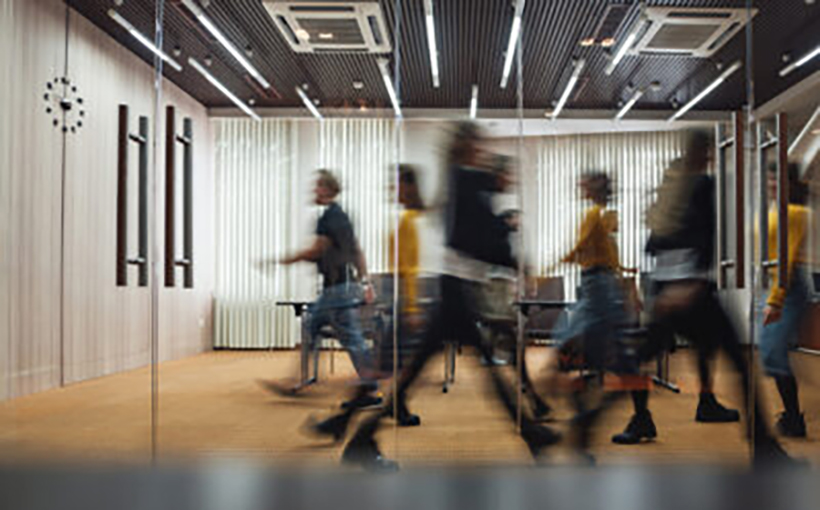Amazon recently announced that all employees would be required to return to the office five days a week starting in January 2025. This decision sparked backlash from employees, including threats of walkouts and protests against the mandate.
However, according to Albert DePlazaola, Global Principal at Unispace, Amazon’s decision is not representative of most companies. “There may be other organizational factors influencing Amazon’s decision,” DePlazaola told Connect CRE. In fact, a new report from Unispace titled “From Restrictions to Resilience” reveals that:
– 98% of employers are satisfied with their current hybrid work arrangement.
– 90% of employees feel the same way.
– U.S. employees are currently working in-office an average of 3.8 days per week – a slight increase from previous years.
– Employees value collaboration and building social connections as benefits of being in-office but also want opportunities for focused work to increase productivity.
– A majority (71%) said they would spend more time in the office if it offered spaces that better reflected their organization’s brand, culture and values.
The report states: “In this moment where both employers and employees are aligned on hybrid work arrangements , it is an ideal opportunity for critical conversations about future workplaces.”
The Need for Change
DePlazaola noted one surprising finding from the survey – both employers and employees agree that current workplace designs do not support effective hybrid work efforts . He explained: “Work practices have changed but our physical spaces remain outdated open-plan offices designed around traditional nine-to-five schedules.” Additionally , middle management still desires corner offices despite this dissonance between what workers need now versus before COVID .
Accordingly , offices must evolve into hubs for connection rather than just places where people go solely because they have no choice . The report notes how onsite workers tend to feel more productive compared with remote ones; however , there remains room for improvement. What’s lacking are diverse, multi-purpose spaces that cater to different tasks and working styles.
This does not mean a return to the “open office” concept either. DePlazaola stated that designers and leaders initially supported open-plan offices because they believed it would foster collaboration and individual work; however , in reality, it did neither very well . He added: “In all my years in this business, I have never heard an employee or leader say ‘I love open-plan workstations – give me more of that!'”
The Ideal Workspace
According to the report, a successful workplace should strike a balance between concentration and connection . While traditional offices may offer opportunities for social interaction , limited space options , noise levels , and interruptions often hinder employees’ ability to focus on their tasks .
DePlazaola suggested hybrid workers need access to effective technology infrastructure as well as good lighting ; quiet areas conducive for focused work; private spaces for privacy ; multiple furniture options catering various needs while accommodating different working styles.
Moreover, landlords must consider what tenants want when designing office spaces. DePlazaola asked: “Why would an employee spend hours commuting through traffic only arrive at underwhelming workspace where they do the same thing they could do from home?” The answer lies in providing opportunities for collaboration with colleagues along with assurance of better productivity compared with remote setups .
“For landlords,” he explained further ,”this means offering Class A buildings equipped world-class technology seamlessly integrated into design.” These buildings should also feature abundant natural light sources outdoor space s plus ergonomic private areas.
The report also emphasized tailoring workplaces suited multigenerational workforce s by increasing flexibility scheduling autonomy . Employers must engage their workforce actively co-create resilient workplaces prioritizing flexibility productivity collaboration .”



